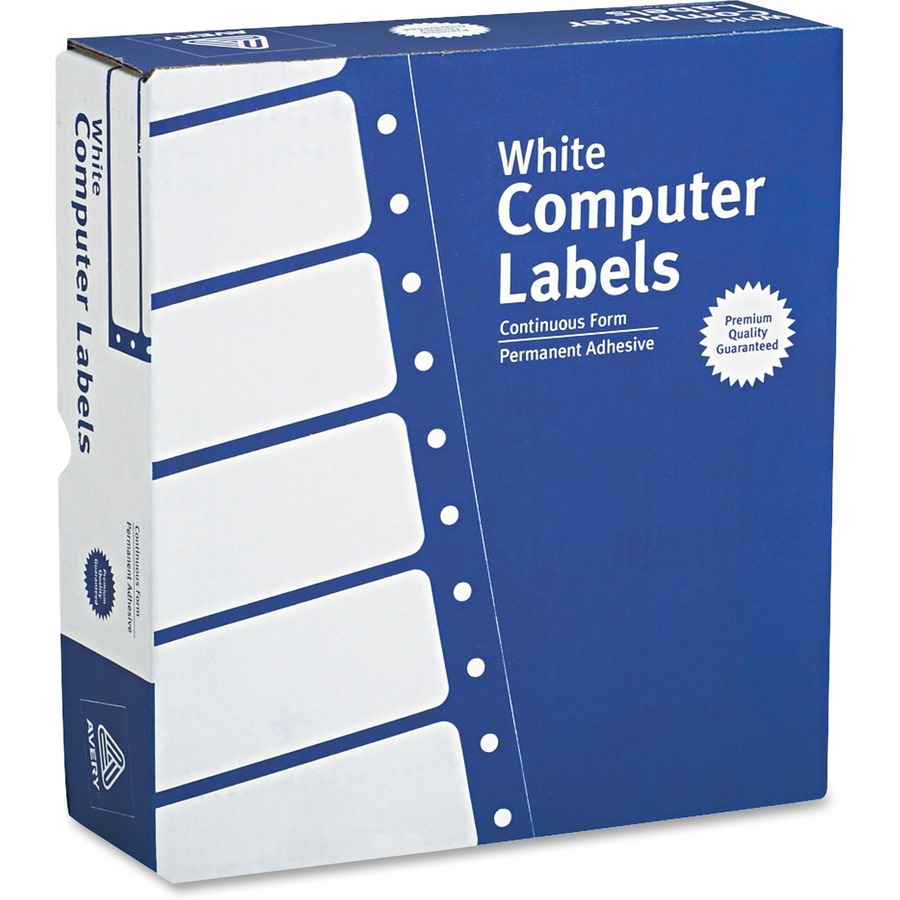

Of course, there are third-party solutions that are available for creating sequentially numbered labels. You should now have a document that has all your labels in it, and you can print them as desired.
Merge the information to a new document. Make sure the label contents are formatted the way you need them.  Create the sample label so that it has the word Exhibit followed by a merge field that represents the number being pulled from the Excel worksheet. Go through the steps of creating a new document consisting of labels and specifying your data source (the worksheet you created in step 1). This displays the Mail Merge Helper dialog box. In Word, choose Mail Merge from the Tools menu. For instance, if you need 175 labels, you would place a title in cell A1 (such as "Number") and the 175 numbers you need in cells A2 through A176. Create an Excel worksheet that has as many numbers in it as you need. Conceptually, you only need to do the following: If you prefer to not use the SEQ field to create the labels, you can also create them doing a mail merge.
Create the sample label so that it has the word Exhibit followed by a merge field that represents the number being pulled from the Excel worksheet. Go through the steps of creating a new document consisting of labels and specifying your data source (the worksheet you created in step 1). This displays the Mail Merge Helper dialog box. In Word, choose Mail Merge from the Tools menu. For instance, if you need 175 labels, you would place a title in cell A1 (such as "Number") and the 175 numbers you need in cells A2 through A176. Create an Excel worksheet that has as many numbers in it as you need. Conceptually, you only need to do the following: If you prefer to not use the SEQ field to create the labels, you can also create them doing a mail merge. 
All your numbering should now be correct. This updates all the fields in what you selected.
Press Ctrl+A to select everything in the document. Thus, if you need a total of 125 labels, and you can get 3 labels per line, you should end up with 42 rows of labels. You want enough rows of labels to meet your entire needs. Press Ctrl+V for each additional row of labels you want. (Don't worry yet that they have the same numbers on them.) You should now have two rows of labels, correctly formatted. Press Ctrl+V to paste a new row of labels. Press the right arrow, which should place your insertion point immediately after (beneath) the first row of labels. Select the entire first row of labels and press Ctrl+C. Select the other, blank rows of labels and delete them. You should now have a complete row of the labels. Select each of the other labels in the first row in turn, and press Ctrl+V. Copy the first label by selecting it and pressing Ctrl+C. Format the contents of this first label any way you desire. The field is collapsed and a number appears in your label. Type a name for this sequence of numbers, such as "exhibit" (without the quote marks). Word inserts a pair of field braces in the label. In the top-left label, type the word Exhibit, followed by a space. Use the Envelopes and Labels option from the Tools menu to create a sheet of blank labels. Perhaps the easiest way to set up labels that have sequential numbers is to use the Envelopes and Labels capability of Word in concert with the SEQ field. While all of these features (and more) use some type of numbering in them, they are not all well suited to creating labels. For instance, you can use different fields for numbering, or use numbered lists, the captioning feature, or you can use mail merging. Word has many ways you can implement some type of numbering in your documents. If you work in a business where you need to sequentially number items, you might be wondering if there is a way you can use Word to create the labels for you.







 0 kommentar(er)
0 kommentar(er)
